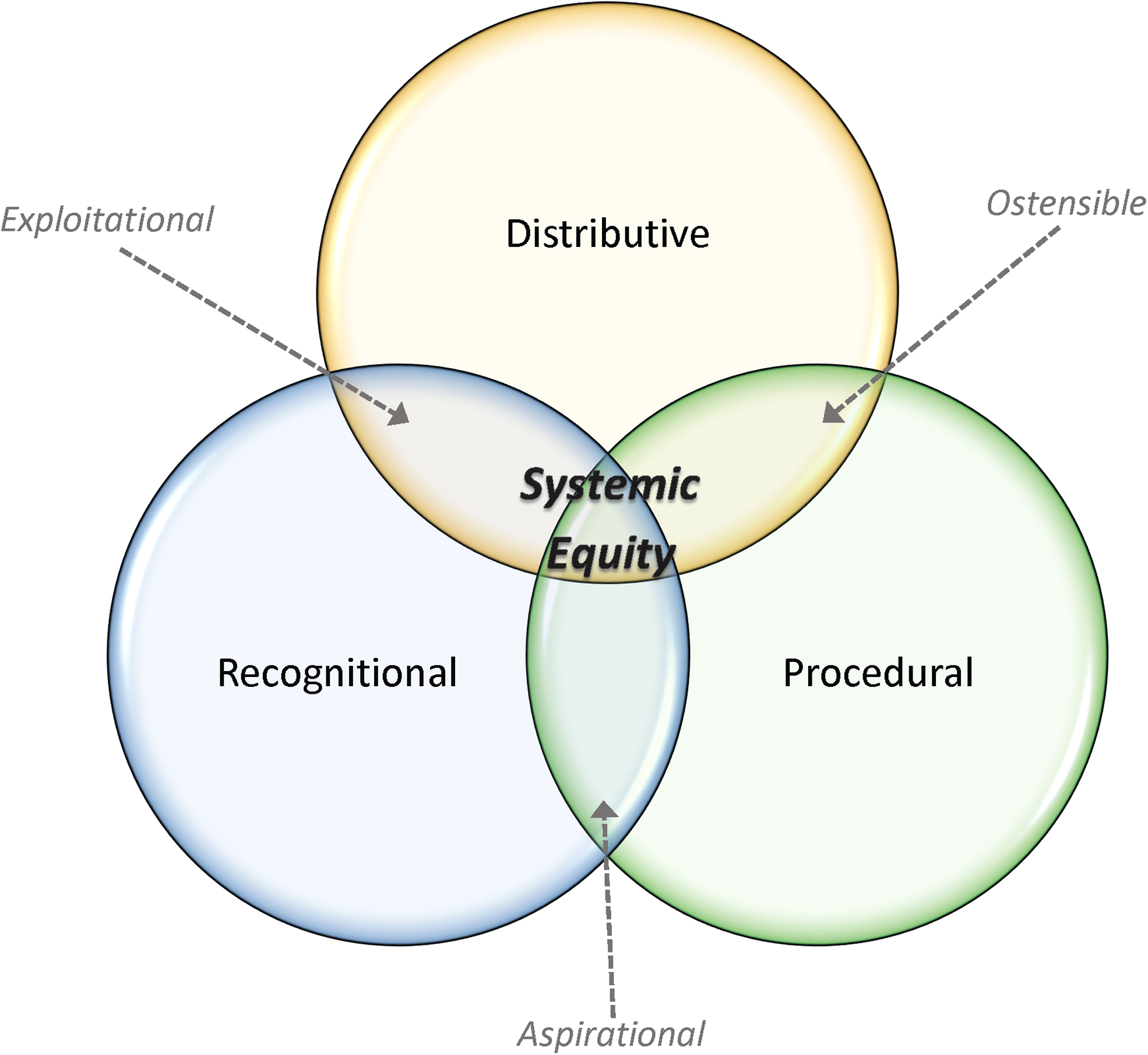In recent years, the term ‘equity’ has taken center stage across various industries and sectors. Organizations are beginning to realize the importance of building more inclusive, equitable environments. A systemic equity audit is one tool that can significantly aid in identifying disparities and improving policies, practices, and structures to make them fairer and more inclusive. But what exactly is a systemic equity audit, and how can an organization conduct one effectively? This article offers an in-depth guide on how to conduct a systemic equity audit, highlighting key steps, best practices, and challenges.
What is a Systemic Equity Audit?
A systemic equity audit is an evaluation process designed to analyze an organization’s policies, practices, and culture to identify systemic barriers and disparities that affect marginalized groups. Unlike a one-time review, a systemic audit examines the organizational ecosystem to highlight pervasive, long-standing issues that influence outcomes for diverse groups.

An equity audit is proactive and preventive, allowing organizations to evaluate where they stand on equity before complaints or incidents arise. When done properly, it leads to actionable insights that can transform the workplace into a more inclusive and supportive environment for all.
Before you move to the topic, can we ask you a quick question? Do you follow us on Social Media? If not, then you’re missing out on a lot of informative content. We regularly share upgraded educational content, tips, feedback, and more. Check us out by clicking the profiles here - Facebook / Twitter / LinkedIn / Pinterest / Instagram / YouTube
The Importance of a Systemic Equity Audit
Conducting a systemic equity audit is crucial for several reasons:
- Identifying Disparities: It helps to identify any disparities in the representation, compensation, advancement, or treatment of different demographic groups.
- Building an Inclusive Culture: Equity audits are key to cultivating a welcoming culture where everyone feels valued and included.
- Enhancing Transparency: An audit provides transparency about an organization’s equity status, which can improve accountability.
- Improving Recruitment and Retention: A more inclusive environment attracts and retains a diverse talent pool, boosting the organization’s performance and innovation.
Step-by-Step Guide to Conducting a Systemic Equity Audit
Here’s a comprehensive guide to conducting a systemic equity audit in your organization.
1. Define Your Goals and Scope
Before diving in, it’s essential to clarify the objectives of your audit. Define what you aim to accomplish and what areas the audit will cover. Goals could include identifying pay disparities, assessing representation across different roles, or evaluating inclusion efforts.
Consider questions such as:
- What specific disparities or issues do we want to address?
- Are we focusing on specific departments, levels, or employee demographics?
- Do we aim to assess hiring practices, promotion policies, or workplace culture?
2. Assemble an Equity Audit Team
Select a diverse team of professionals with varied backgrounds and expertise, including Human Resources, legal experts, diversity and inclusion leaders, and external consultants, if necessary. The audit team should reflect the diversity and perspectives of the organization to ensure an inclusive approach.
In many cases, involving external consultants or DEI (Diversity, Equity, and Inclusion) experts is recommended, as they bring unbiased insights and a fresh perspective.
3. Gather Data
The most significant part of an equity audit is data collection. Data for an equity audit generally falls into two categories: quantitative and qualitative.
- Quantitative Data: This includes hard numbers on pay equity, hiring rates, promotion rates, performance evaluations, retention rates, and workforce demographics. Quantitative data offers a factual snapshot of the organization’s current state.
- Qualitative Data: Gather feedback through surveys, focus groups, or interviews. This qualitative data reveals insights into how employees experience the workplace, providing a clearer understanding of perceptions around inclusion, fairness, and belonging.
Be transparent with your employees about the data collection process, assuring them that the audit is for improvement and that individual data will remain confidential.
4. Analyze Data and Identify Patterns
With data collected, the next step is analyzing it for patterns that indicate disparities or inequities. This involves looking at metrics like hiring rates, salary differences, promotion timelines, and employee retention rates across demographic groups.
Key aspects to assess during analysis:
- Representation: Are diverse groups represented at all levels of the organization? Are there specific roles or departments with underrepresentation?
- Compensation: Analyze pay equity among groups with similar roles and experience. Any disparities here highlight potential inequities.
- Promotion and Advancement: Review the promotion rates to see if certain groups are consistently overlooked for advancement.
- Workplace Culture: Analyze survey or focus group results to identify cultural or interpersonal issues, such as feelings of belonging, inclusion, or discrimination.
5. Evaluate Policies and Practices
Examining organizational policies and practices through an equity lens is crucial. Identify areas where policies may unintentionally disadvantage certain groups. For example, are there requirements that could act as barriers for individuals from different socio-economic backgrounds?
Key policies to assess include:
- Recruitment and Hiring Policies: Are there practices that limit diversity in candidate pools?
- Promotion and Advancement Policies: Are promotions based on equitable criteria? Are there barriers to advancement for underrepresented groups?
- Performance Evaluation Policies: Are performance metrics fair and consistently applied?
6. Develop Actionable Recommendations
After completing data analysis and policy review, develop actionable recommendations to address any issues uncovered. Recommendations should be specific, measurable, and achievable, creating a roadmap for the organization to follow.
Examples of recommendations:
- Adjusting hiring criteria to expand candidate pools and promote diversity.
- Implementing transparent pay scales to ensure equitable compensation.
- Providing DEI training to all staff to improve understanding of equity issues.
- Establishing mentorship programs to support underrepresented employees in their career development.
Prioritize recommendations based on urgency, potential impact, and feasibility. Start with changes that will yield immediate improvements while planning for long-term initiatives.
7. Set Clear Goals and Metrics for Progress
To ensure accountability, set clear goals and measurable outcomes for each recommendation. For example, if the audit finds a significant gender pay gap, a goal could be to reduce this gap by a specified percentage over a set period. Metrics might include employee satisfaction scores, retention rates of diverse employees, and the percentage of underrepresented groups in leadership roles.
Regularly monitor progress and adjust strategies as needed to stay on course. Create a timeline for follow-up audits to maintain ongoing improvements.
8. Communicate Findings and Next Steps
An equity audit’s success partly depends on how the results and action plan are communicated to the entire organization. Transparency is key. Share an overview of the audit’s findings, the action steps being taken, and the timeline for implementing changes.
It’s crucial to acknowledge shortcomings honestly and to frame the findings as a foundation for positive change. Encourage employee involvement and solicit feedback on the audit process and recommendations.
9. Implement Changes and Monitor Progress
With the roadmap in place, begin implementing changes. Focus on consistent, incremental progress, as systemic transformation is a long-term commitment. Create channels for ongoing feedback and adjust strategies based on employee input.
Regularly monitor key metrics and adjust strategies as necessary to maintain momentum. Quarterly reviews and annual mini-audits can help keep the organization on track.
10. Commit to Continuous Improvement
Systemic equity is not a one-time goal but a continuous process. Equity audits should be conducted periodically to assess progress, identify new areas for improvement, and ensure that the organization remains committed to equity. A culture of continuous learning and improvement will reinforce equity as a core organizational value.
Bottom Line
A systemic equity audit is a powerful tool for creating meaningful and lasting change within organizations. By following these steps and pursuing Online Education Management Courses, educational institutions can move beyond surface-level diversity efforts and begin addressing the root causes of inequity.
We believe education should be accessible for everyone. That’s why we don’t charge for our blogs. Find the right course that will help you in your career with us, contact us at - 1800–212–6400. You can mail us at act@asiancollegeofteachers.com









